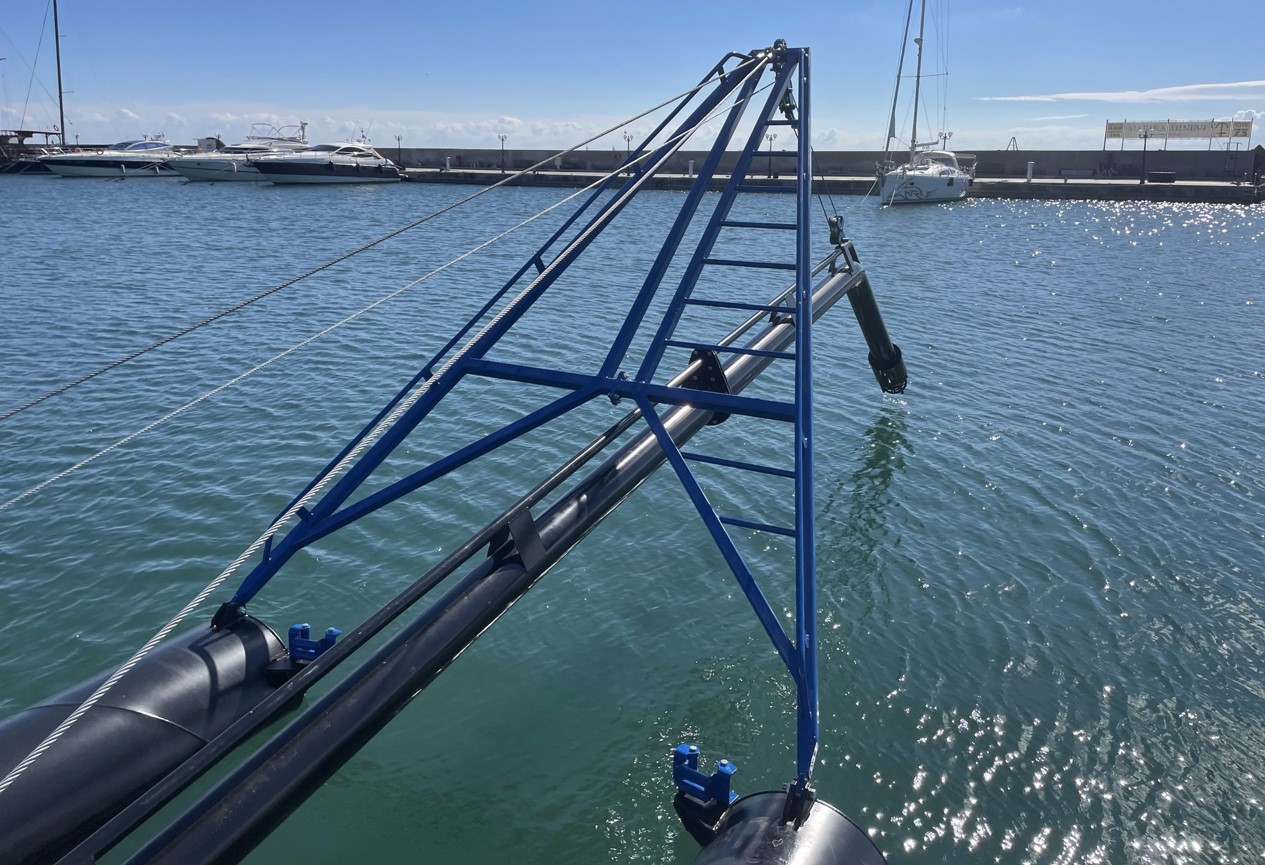Irrigation Canal Maintenance
Irrigation canals are an important part of agricultural infrastructure, as they help distribute water to crops in a controlled and efficient manner. To ensure that these canals are functioning properly, regular maintenance is required. One effective method of maintaining irrigation canals is through the use of a small dredger.
A small dredger is a machine designed to remove sediment and debris from the bottom of a canal, thus increasing the flow of water and preventing blockages. Here are some steps that can be taken to maintain irrigation canals with a small dredger:
Assess the canal: Before using a small dredger, it's important to assess the condition of the canal. This includes checking for any blockages, identifying areas where sediment has built up, and determining the overall depth of the canal.
Choose the right equipment: Once you've assessed the canal, you can choose the appropriate dredging equipment. A small dredger is typically used for canals that are less than 6 feet deep and have a width of 20 feet or less.
Clear the canal: Use the dredger to remove any sediment and debris that has built up in the canal. This may involve using a variety of tools and techniques, such as a suction hose or a clamshell bucket.
Dispose of the dredged material: As you clear the canal, the dredged material will need to be disposed of. This can be done by pumping the material onto a nearby field or by hauling it away.
Monitor the canal: After dredging the canal, it's important to monitor its condition to ensure that it continues to function properly. This may involve regular inspections and occasional maintenance to prevent any further build-up of sediment or debris.
Overall, maintaining irrigation canals with a small dredger is an effective way to improve water flow and prevent blockages. By following these steps, you can ensure that your irrigation system is functioning at its best and providing the water that your crops need to grow.
✴ Read more about this post on: https://oiltech.nl/en/link/efficient-irrigation-canal-maintenance-using-small-dredgersSource for Dredging Equipment and Services

